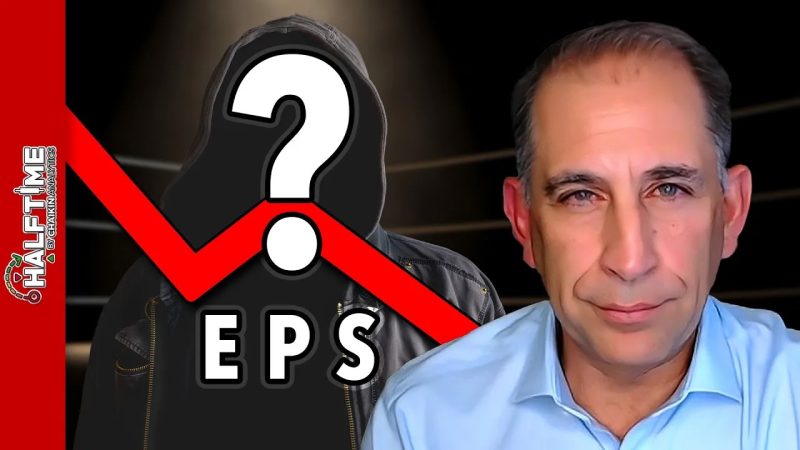One of the most spectacle-rich aspects of any sporting event is the halftime show, a staple of American sports culture that has engrained itself worldwide. No other event, however, is as grandly synonymous with the halftime show as the Super Bowl. However, this article will not solely focus on the music and theatrics that millions of viewers all over the globe look forward to every year. Instead, we delve into the financial aspects that actually make these amazing performances possible. Specifically, this article will shed light on the invisible man who is so often boxed—Earnings Per Share (EPS) Reports.
EPS or Earnings Per Share is a financial term used to indicate the profitability of a company. It represents how much profit the company generates on the per-share basis, giving investors a clearer idea of the business’s health and profitability. To an untrained eye, its association with the halftime show could seem rather far-fetched, but understanding the economy behind the spectacle can give us a newfound appreciation for the grand halftime productions.
One might wonder how EPS affects an event as seemingly unrelated as a halftime show. In reality, it has a colossal effect on the organization and funding. Companies with higher EPS often have more resources at their disposal, which allows them to invest in sponsoring these events. Entertainment events such as the Super Bowl halftime show serve as a significant advertisement platform for multinational corporations and brands.
Let’s take Pepsi, for example, the longstanding sponsor of the Super Bowl Halftime Show. For years, Pepsi has utilized the halftime show as a platform to boost its brand visibility and impress its market strength upon millions of Super Bowl viewers. Pepsi’s decision to sponsor this primetime event arises from its strong financial standing, articulated through positive EPS reports.
However, an EPS report is more than a stamp allowing companies like Pepsi to sponsor such monumental events. It’s also a sign of reliability and growth potential, which are crucial for the success of any such event. Advertisers and sponsors, who are the primary source of funding for halftime shows, consider the EPS report when choosing to invest their branding dollars. A company with high EPS is likely to ensure steady and return on investment, ensuring the event’s continuity.
Apart from that, the EPS report also plays a significant role in determining the quality of the show. A company with a higher EPS is more likely to have the resources to bring A-list performers, use state-of-the-art technology, and choreograph the best performances. This is what transforms a simple halftime show from a mere concert into the extravagant spectacle that it is.
To put it into perspective, without the EPS reports, companies would be essentially gambling with their marketing investments. This gamble could potentially result in understaffed, underfunded, and underwhelming events. And as we know, an unimpressive halftime show can tarnish the reputation of not just the sporting event, but also of the brands associated with it.
In conclusion, while viewers often see the blinding lights, the stellar performances, and the entertaining spectacle of halftime shows, the invisible man—EPS report—is what keeps the show running. It is about time that this invisible man gets out of the box. By understanding the relationship between EPS reports and the halftime show, we get to appreciate even more the spectacle made possible by business decisions founded on solid financial analyses. This unseen detail brings to life the saying: there’s more to a halftime show than meets the eye.




